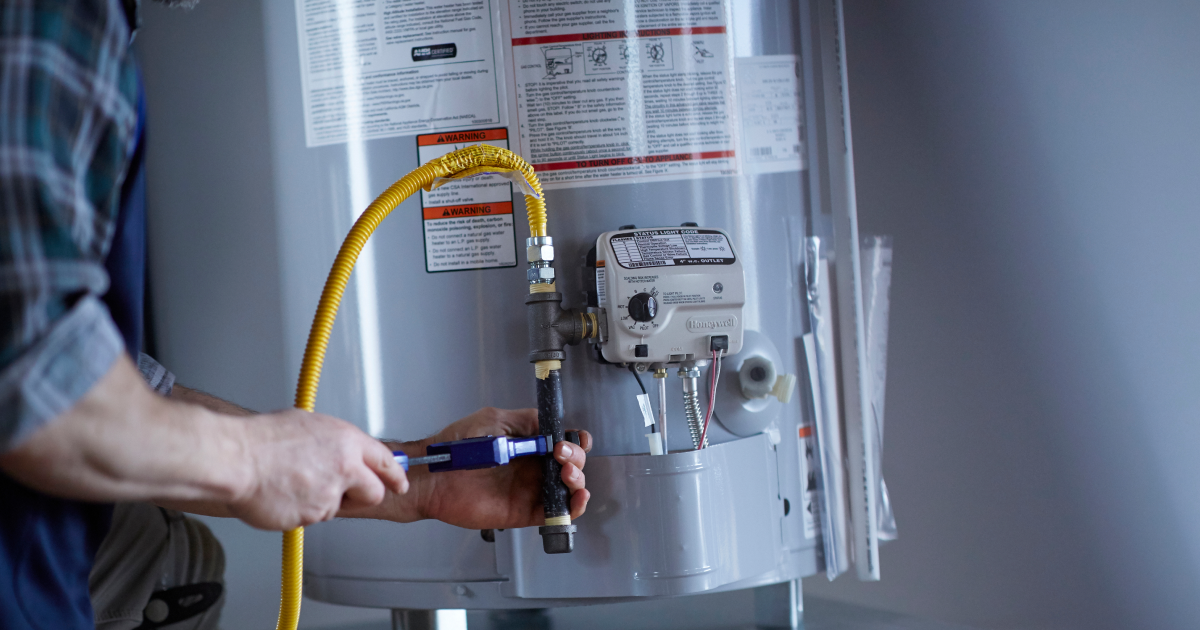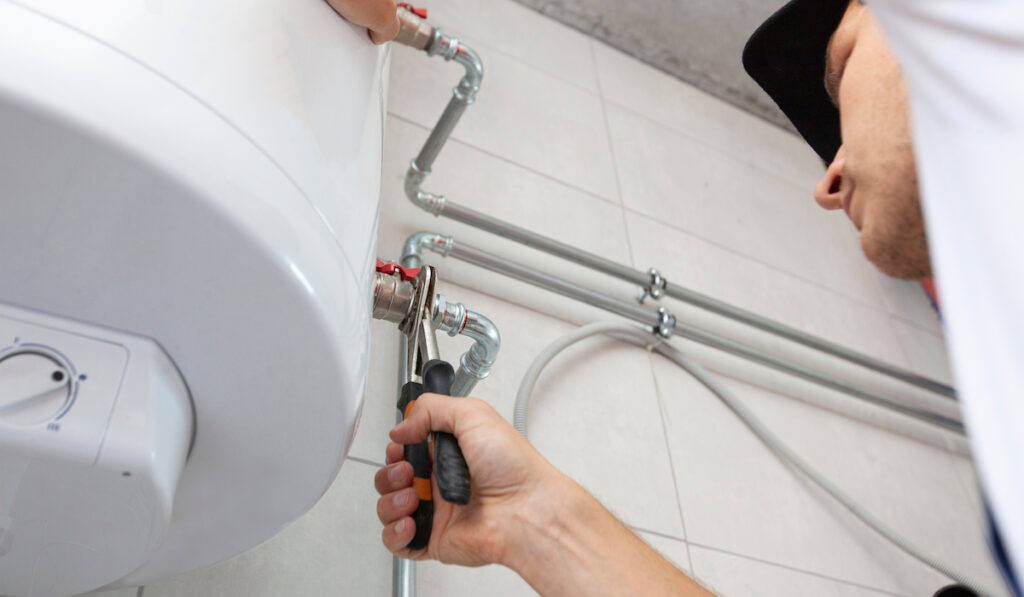Essential Guidance on Maintaining Your Home's Hot Water System
Essential Guidance on Maintaining Your Home's Hot Water System
Blog Article
Were you interested in insight on How to Maintain Your Water Heater & Prolong its Life?

Hot water is necessary for day-to-day comfort, whether it's for a refreshing shower or washing dishes. To guarantee your warm water system runs efficiently and lasts much longer, regular maintenance is crucial. This article supplies sensible suggestions and understandings on how to preserve your home's warm water system to prevent disturbances and costly repair services.
Intro
Maintaining your home's hot water system could appear overwhelming, but with a couple of straightforward steps, you can guarantee it runs smoothly for many years to come. This guide covers every little thing from understanding your hot water system to DIY upkeep pointers and knowing when to call in expert assistance.
Relevance of Keeping Your Hot Water System
Routine maintenance not just extends the lifespan of your hot water system however additionally guarantees it runs efficiently. Neglecting upkeep can bring about reduced performance, higher energy expenses, and even premature failing of the system.
Indicators Your Warm Water System Needs Maintenance
Understanding when your warm water system requires interest can protect against major concerns. Watch out for signs such as inconsistent water temperature, strange noises from the heating unit, or corroded water.
Flushing the Water Heater
Purging your water heater eliminates sediment buildup, improving efficiency and extending its life.
Checking and Replacing Anode Rods
Anode rods prevent corrosion inside the storage tank. Inspecting and replacing them when worn is important.
Complicated Concerns Requiring Professional Aid
Instances consist of major leaks, electric troubles, or if your water heater is regularly underperforming.
Routine Professional Upkeep Benefits
Specialist upkeep can include comprehensive inspections, tune-ups, and ensuring conformity with security requirements.
Examining and Adjusting Temperature Level Setups
Adjusting the temperature level setups guarantees optimal efficiency and security.
DIY Tips for Upkeep
You can do several upkeep jobs yourself to keep your warm water system in top problem.
Looking for Leaks
Consistently check pipelines and connections for leakages, as these can result in water damages and higher costs.
Comprehending Your Hot Water System
Prior to diving into upkeep tasks, it's helpful to comprehend the basic parts of your hot water system. Usually, this includes the hot water heater itself, pipes, anode poles, and temperature controls.
Month-to-month Maintenance Tasks
Regular regular monthly checks can aid capture minor concerns before they rise.
Testing Stress Relief Valves
Examining the pressure safety valve ensures it works correctly and avoids extreme pressure build-up.
Shielding Pipelines
Protecting hot water pipes decreases heat loss and can save energy.
When to Call an Expert
While DIY maintenance is useful, some concerns require expert know-how.
Verdict
Normal upkeep of your home's warm water system is essential for effectiveness, long life, and cost savings. By adhering to these tips and understanding when to seek specialist aid, you can guarantee a trustworthy supply of warm water without unexpected interruptions.
How to Maintain an Instant Hot Water Heater
Before tinkering with your hot water heater, make sure that it’s not powered on. You also have to turn off the main circuit breaker and shut off the main gas line to prevent accidents. Also turn off the water valves connected to your unit to prevent water from flowing into and out of the appliance. 2. When you’re done, you have to detach the purge valves’ caps. These look like the letter “T†and are situated on either side of the water valves. Doing so will release any pressure that has accumulated inside the valves while at the same time avoid hot water from shooting out and burning your skin. 3. When the purge valves’ caps are removed, you have to connect your hosing lines to the valves. Your unit should have come with three hoses but if it didn’t, you can purchase these things from any hardware or home repair shops. You can also get them from retail stores that sell water heating systems. Read the user’s manual and follow it to complete this task properly. When the hosing lines are connected, open the purge port’s valves. 4. You should never use harsh chemical cleaners or solutions when cleaning your unit. Make use of white vinegar instead. It should be undiluted and you’ll probably use about 2 gallons. 5. Now flush your water heater. This task should probably take about 40 minutes. We can’t give you specific directions for this because the procedure is carried out depending on the type, model and brand of your heater. With that being said, refer to the user’s manual. 6. When you’re done draining the unit, you have to turn off the purge port valves again. Remove the hosing lines that you earlier installed on each of the water valves. Put the valve caps (purge port) back in their respective places and be very careful so as not to damage the rubber discs that are found inside these caps. 7. Now that everything’s back in place, check your user’s manual again to find out how to reactivate your water heating system. 8. Once it is working, turn one of your hot water faucets on just to let air pass through the heater’s water supply pipes. Leave the tap on until water flows smoothly out of it. https://www.orrplumbing.com/blog/2014/september/how-to-maintain-an-instant-hot-water-heater/

As a reader about Water Heater Maintenance Tips You Can't Afford to Forget, I assumed sharing that excerpt was a good idea. Are you aware of somebody who is truly interested in the topic? Do not hesitate to promote it. Thanks so much for your time spent reading it.
Apply Now Report this page